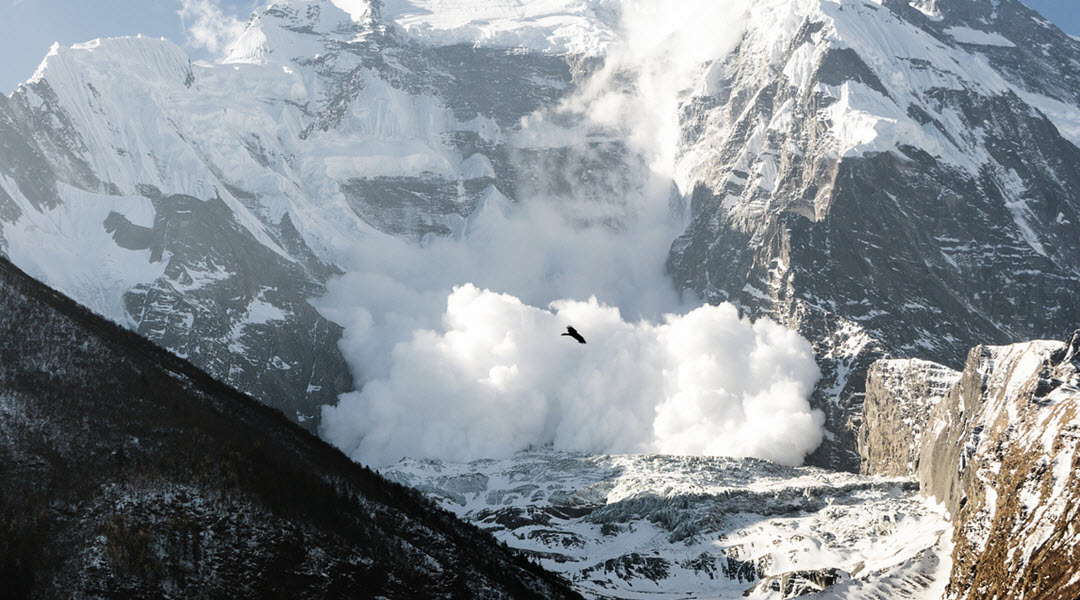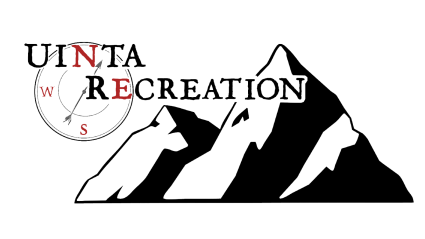WHAT IS AVALANCHE TRAINING AND WHY WOULD I NEED IT?

The Raw Power of Avalanches and the Necessity of Training
An average avalanche carries as much power as thousands of tons of TNT and can be compared to a small nuclear explosion. It can take down anything from massive trees to small buildings. Even small avalanches can be deadly as they bring along dangerous debris and can cover people with snow causing suffocation or hypothermia.
At Uinta Recreation, we are determined to keep people informed and prepared. Safety trumps all and we make sure to give people the resources they need when they’re out doing their winter sports. Being ready for an avalanche can save your life. That’s why we provide courses that will give you the tools to make sure you and your family can recreate safely during the Winter.
Uinta Recreation’s Avalanche Safety Classes and Content
We offer two courses that will ensure you are ready to be safe out on the slopes.
Motorized Avalanche Level 1 Certification Course
The first course will train you on how to be safe when using snowmobiles. This class is offered either in person or online. When taken in person, we’ll spend some time in a classroom, then head out to the snowy slopes and do some hands-on training. Our AAA-certified trainer, Mike Duffy, will go over everything you need to know!
Avalanche Problems: Snow Formations to Be Wary Of
The teacher will go over 9 different avalanche problems to look out for. This is often called, “Avalanche Recognition Training.” Some of the avalanche problems we’ll go over include:
- Loose Dry – This occurs when loosely packed snow builds up too high on top of dense snow and relieves the tension in a fan shape that can trigger more dangerous avalanches as it
- Wind Slab – Wind slab avalanches transpire when wind pushes snow from the windward side of a slope over and onto the downwind side. The CAIC informs us that they can sound oddly hollow as they happen which is interesting, but still dangerous enough not to want to witness in person.
- Cornice Fall – A cornice fall is when packed snow that’s hanging over a sharp cliff is released. This usually happens quickly and with great surprise to people who may have been under it. These avalanches tend to be smaller, but can still be deadly if you’re in the wrong spot. Avoid hanging out under sharp cliff faces on the mountain.
Weather Forecasts and Stability Testing
We’ll also go over how to read weather forecasts and plan accordingly. However, despite what a forecast says, you’ll always want to test out the conditions in person using a shovel before you get too close to potential avalanche zones. This will also include tips on where to go if you witness an avalanche occurring deemed, “islands of safety.”
Avalanche Transceiver Training
Avalanche Transceivers are deceivingly simple. When you’re out in an emergency, you won’t want to be guessing. And, please, bring an extra pair of batteries when you head out on your adventurers.
Invest In Your Safety!
Uinta Recreation is a respected institution of trained professionals. Going through a course with them might save the lives of you and your loved ones. This is not something to be overlooked. Even if you know some things about avalanche safety already, freshen up your knowledge and learn proactively. There are new techniques found all of the time that can further ensure your security when having fun out in the snowy mountains.
Book a class with Uinta today and be prepared for the unexpected. It could save your life, or somebody else’s!
